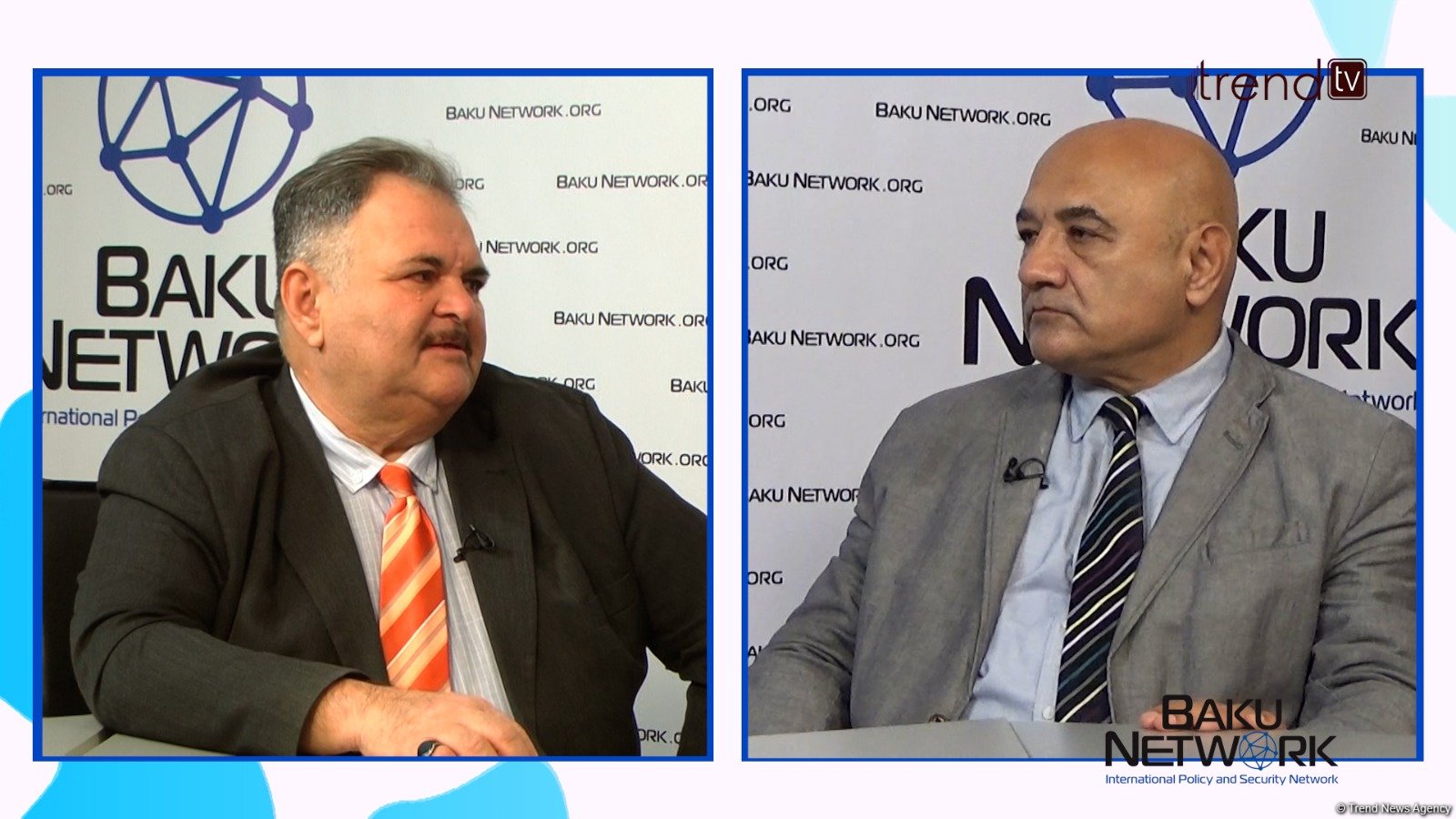Copyright CBS News

Mortgage interest rates have been on a downward slide in recent weeks, offering relief to homebuyers and homeowners who are looking to refinance. The average 30-year fixed mortgage rate now sits at about 6.4% (as of October 31, 2025), down from over 7% earlier this year. This decline has coincided with the Federal Reserve cutting its benchmark rate at its September and October meetings, the latter of which concluded this week. But what happens now that the back-to-back monthly Fed meetings have concluded? There's no Federal Reserve meeting scheduled in November, leaving borrowers to wonder what could happen with mortgage rates now. To help you better understand where mortgage rates could head this November, we asked mortgage and real estate experts to weigh in. Here's what they want you to know. Find out how affordable the right mortgage loan could be today. What will happen to mortgage rates this November if there's no Fed meeting? Experts weigh in "If the Fed doesn't meet in November, I expect mortgage rates to drift with the bond market … modest day-to-day moves, not big swings," says Steven Glick, director of mortgage sales at real estate investment fintech company HomeAbroad. If Treasury yields stay around current levels, Glick notes, mortgage rates should hold roughly in the mid-6% range. There's another layer to the stability outlook, according to Jeremy Schachter, branch manager at Fairway Independent Mortgage Company. "The market is already predicting the Fed to lower the rates twice before the end of the year," Schachter says. Today's mortgage rates already factor in those expected cuts. Debbie Calixto, sales manager at mortgage lender loanDepot, sees the current environment as positive for borrowers. The 10-year Treasury recently closed at its lowest point since April, causing mortgage rates to drift close to 6.125% for a 30-year fixed. "That's good news if you're in the market to buy a home or looking to refinance from the higher rates of recent years," Calixto says. Compare the mortgage rates you could qualify for online now. Factors that could influence mortgage rates this month While experts forecast stable rates this November, a few economic indicators could shift the outlook: Inflation data The Consumer Price Index (CPI) and Core Personal Consumption Expenditures (PCE) will be key indicators to watch, says Glick. Core PCE is running at about 3% year-over-year, and any further cooling could push mortgage rates lower. Labor market signals "The Fed appears increasingly focused on the labor market as inflation concerns ease," Calixto says. "It will be closely watching jobless claims from state-level data, along with the ADP National Employment Report in early November, as key signals ahead of its December decision." A softening labor market could support further rate declines. Treasury yields Glick points out that the 10-year Treasury is the main anchor for mortgage pricing. The Treasury's quarterly refunding in early November could move yields if issuance or guidance surprises the market. The government shutdown The ongoing shutdown has delayed key economic reports, such as the jobs report and CPI. This makes it harder to gauge the economy's health, says Schachter. This data gap creates uncertainty that could affect rate movements. Is it better to lock in a mortgage rate now or wait? Karen Mayfield, national head of originations at Multiply Mortgage, a mortgage-as-a-benefit provider, encourages locking in a rate if you find a home that fits your needs. "Lower rates might mean lower payments, but it'll likely mean higher competition as other buyers who've been on the sidelines will be ready to pounce," Mayfield says. Mortgage rates are already lower than they've been in over a year, and there's no guarantee they'll drop further — especially if inflation comes in higher than expected once economic reporting resumes. The industry has a saying for this moment: "date the rate, marry the home." The logic is simple — you can refinance later if rates drop, but once a home sells, it's gone. Calixto says that home appreciation can also work in your favor. If values rise around 4% annually, for instance, a $500,000 home gains $20,000 in value each year. This could offset interest savings from waiting. The bottom line Looking ahead, "we could see mortgage rates fall below 6% by early 2026, depending on how the economy evolves," Calixto says. For this to happen, we'd need to see a sustained decline in inflation toward the Fed's 2% target, weaker labor data and continued Fed rate cuts through 2025. For now, if you're considering a purchase or refinance, connect with a mortgage lender to run the numbers on your situation. They can help you understand whether today's rates make sense for your goals or if waiting might be better. With rates expected to stay steady through November, you have time to compare options without rushing, but don't wait too long if the numbers already work in your favor.



